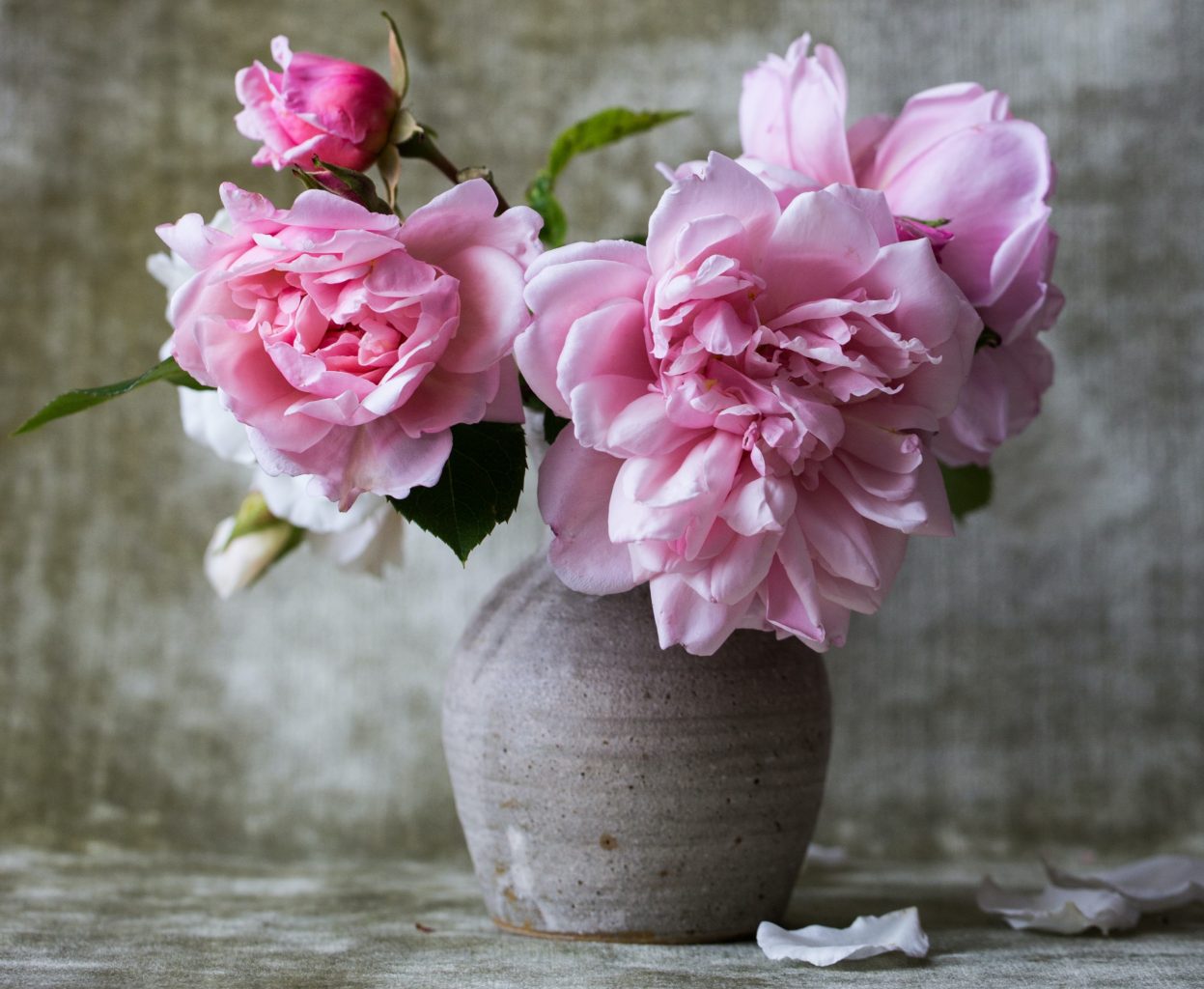
The stunning many-layered peony flower has a wonderful, sweet fragrance. Individual peony blooms can reach up to 10 inches wide and the colors range from white through pinks to deep crimson, almost every color except blue. In addition, they have an incredible longevity; some peony plants can live for over 100 years.
The Peony has a long and fascinating history. Dating back to 1000 BC in the imperial courts of China, they eventually made their way to Japan where they were embraced, with Japan becoming a major producer. But peonies are also native to Asia, Europe and Western North America. The number of species have been identified as ranging from 25 to 40 (with a general consensus of about 33) resulting in over 6,500 varieties so far.
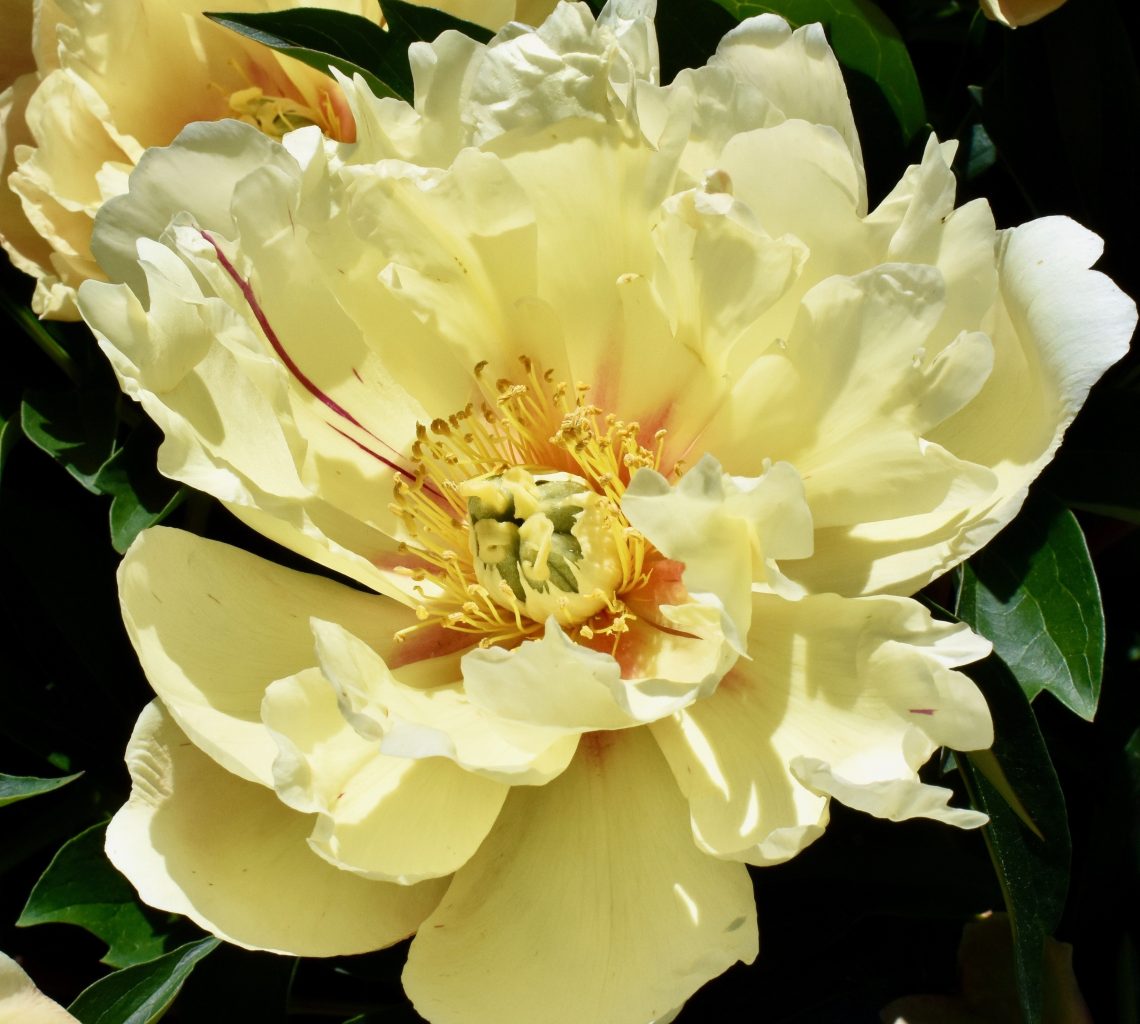
The peony is woven into a Greek myth and built around the strong medicinal properties of this plant. It features Paeon, a young physician healer of the gods.
Paeon was a student of the hero and ‘god of medicine’ Asclepius. When Zeus was unexpectedly wounded in a battle, Paeon happened to be nearby. He acted quickly and was able to successfully treat Zeus’ wound by using the liquid from a peony flower. Once Asclepius was made aware of his student’s success and how he was praised by Zeus, he became wildly jealous. Asclepius embarked on a plot to kill Paeon (now his “rival”) and stave off what he considered a “further risk of embarrassment.” Zeus, realizing the danger to Paeon, intervened to save him by turning him into a peony flower.
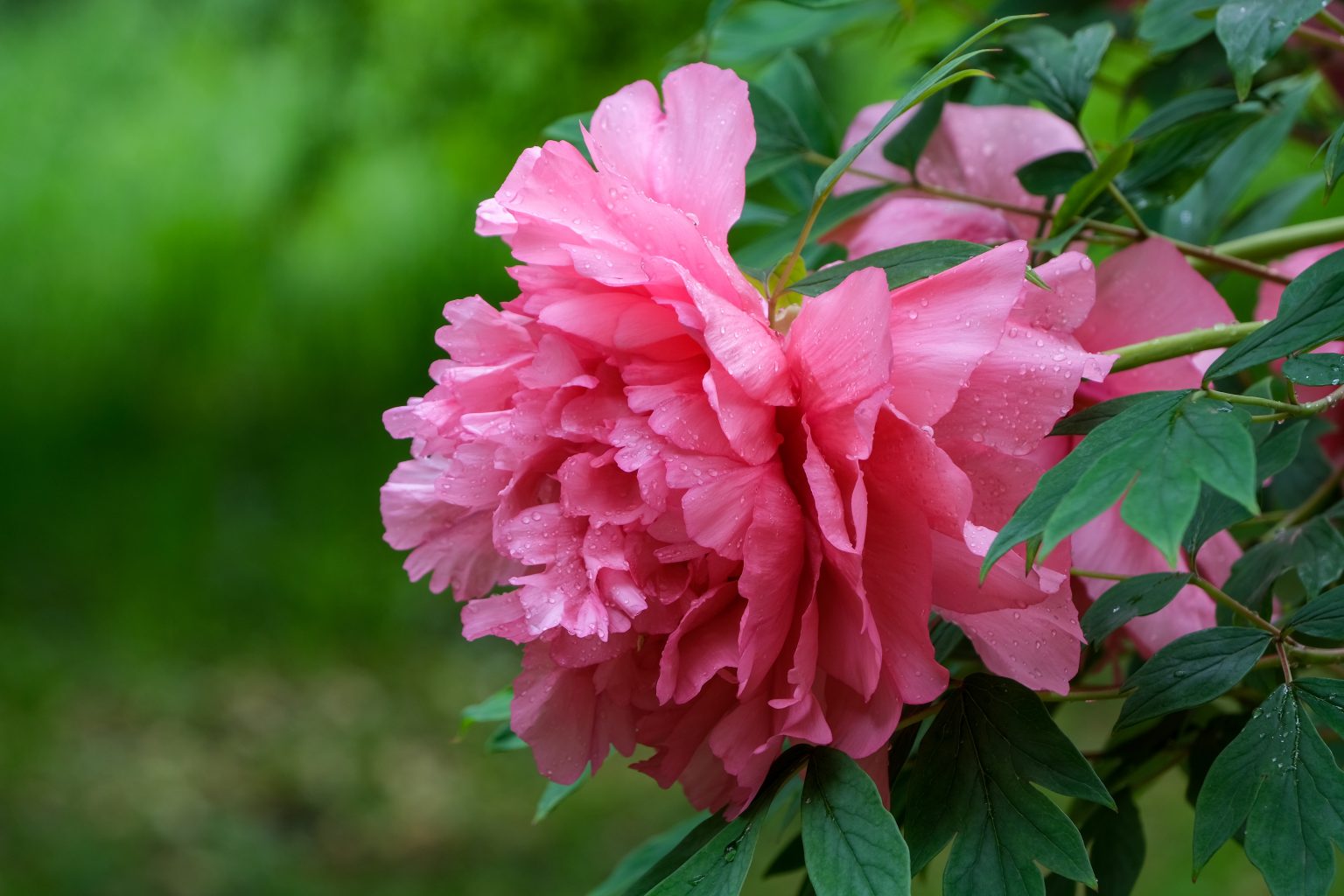
During the Tang Dynasty the peony gained significance and was widely celebrated, sometimes referred to as the “Queen or King of Flowers.” The following legend shows something about why that may be so:
During a long dull winter, the Empress became increasingly despondent about the lack of color in the gardens. She issued an imperial decree declaring all the flowers in the royal garden must bloom in winter. None of the flowers dared to disobey the Empress and began thrusting out their blossoms, even though it was snowing.
As the Empress strolled through the gardens, she was delighted… right up the moment she noticed the peonies apparently decided to defy her. Rather than going against their own nature, they refused to bloom in winter. In a fit of rage, she banished all peonies from the royal gardens. The Empress ordered them moved out of the capital city and relocated to the city of Luoyang. The following spring, in Luoyang, their blossoms were so lush and gorgeous they took people’s breath away.
The news of the spring beauty of the peony blossoms soon made its way back to the Empress and she again was filled with rage. She ordered all the peonies in Luoyang be burned to the ground. Despite being blackened heaps that year, the peonies grew back and blossomed with even more beauty the next year. This is how Luoyang came to be known as the City of Peonies.
The symbolism of the peony was celebrated in the Eastern tradition because it showed what the ancients call “living in the Tao” by retaining strength and virtue despite challenges and hardship.
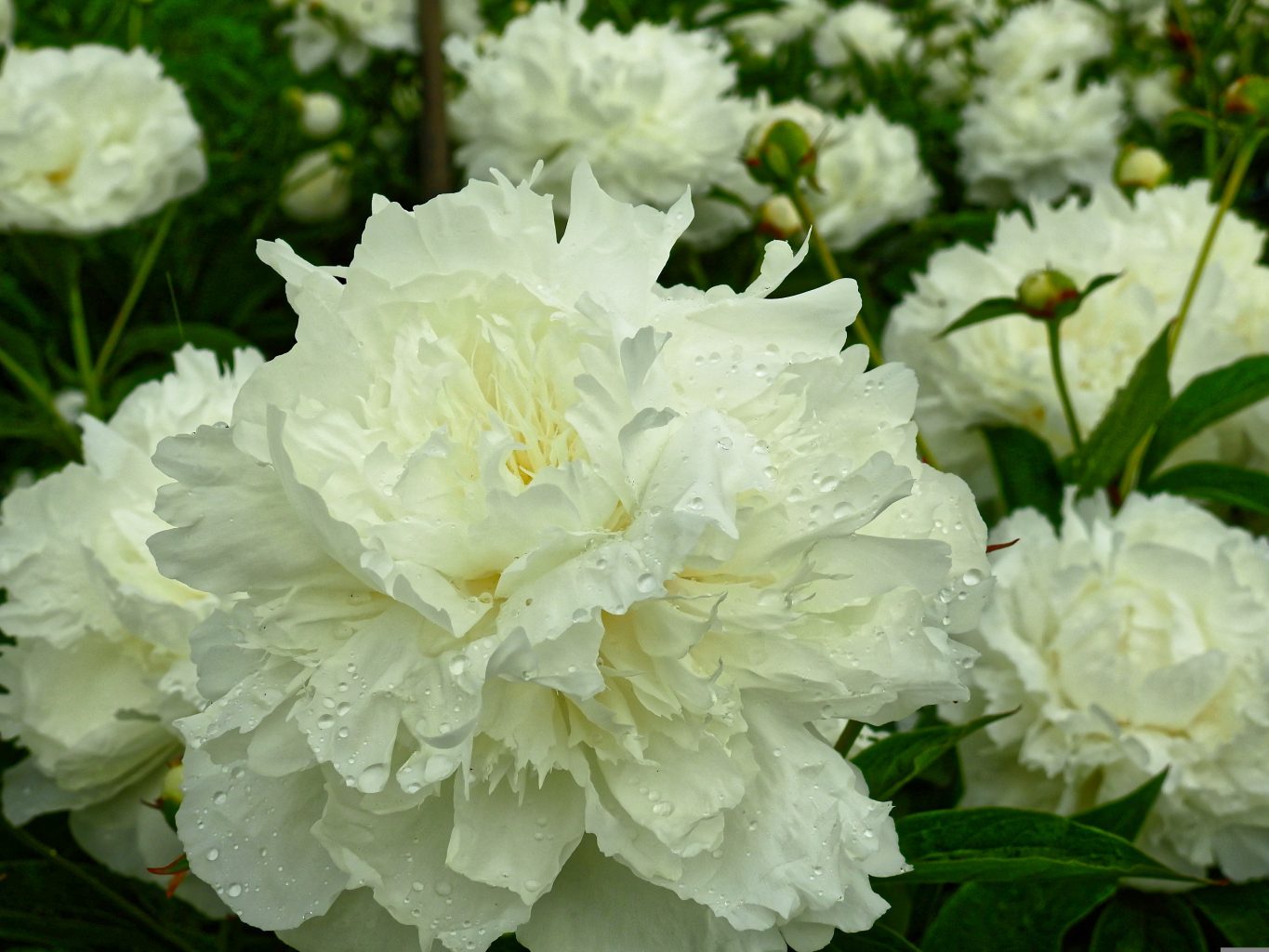
We can learn a lot from the plant world and the use our ancestors made of them and their beautiful flowers. The wild, simple-flowered peonies native to China were mainly cultivated for their medicinal properties in Eastern traditions over two thousand years ago.
The Chinese Peony (Bai/chi shao), for example, utilizes the root to nourish the yin, preserve the blood, nourish, calm and soften the liver and relieve spasms. Traditional Chinese Medicine (TCM) continues to use it widely to address a wide range of health issues, either on its own or in combination with other herbs in almost a hundred important formulas.
Specific portions of the peony plant are harvested for use in TCM herbal medicinal formulas. Each type has a specified use and a slightly different effect on internal organ systems and circulation. They are harvested at specific times of the year to increase or decrease their medicinal effect. For example, most peony roots are harvested in the autumn, after they’ve grown and nourished the plant during the summer.
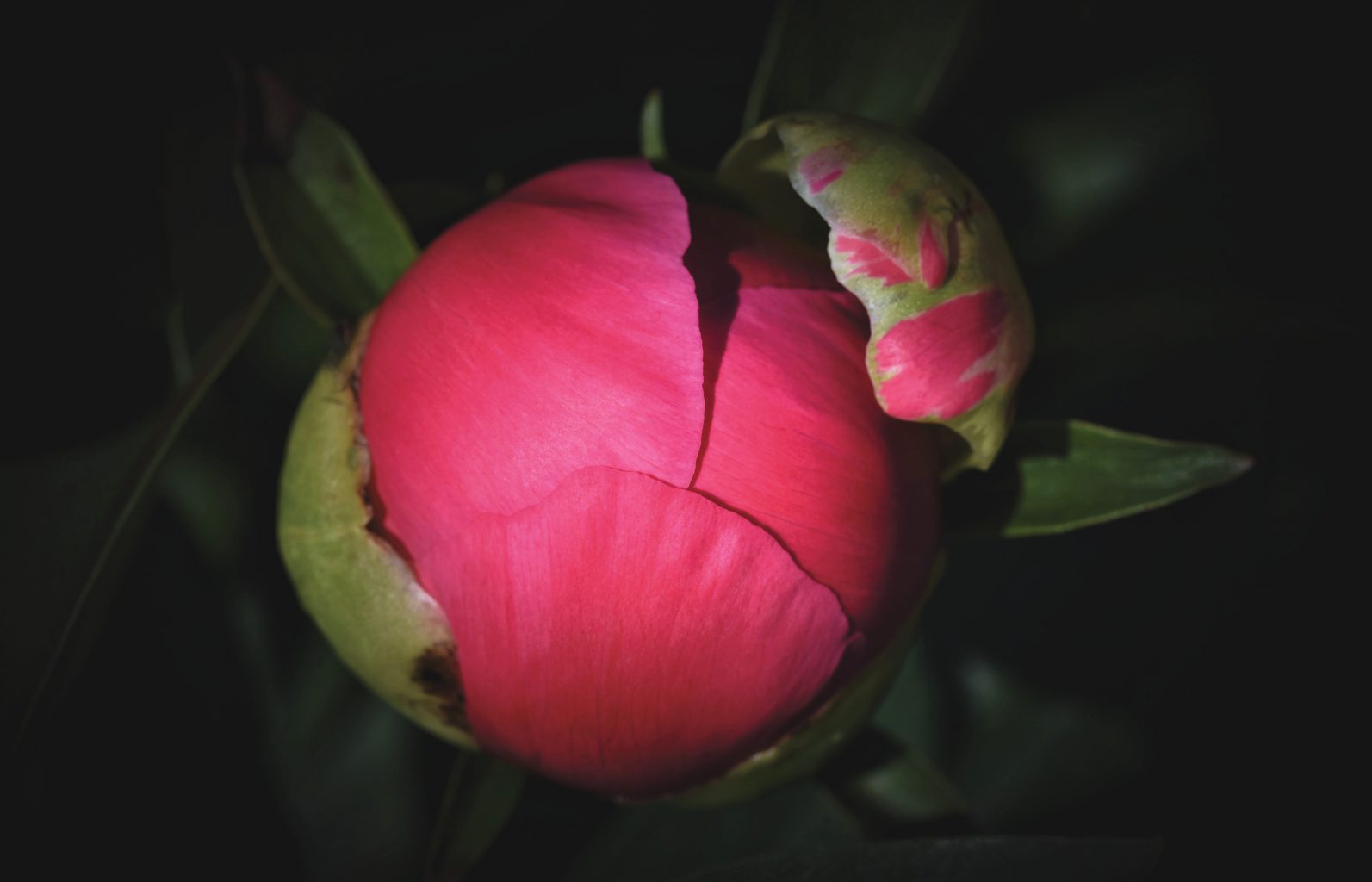
While you may not see peonies on the menu in restaurants or at most family dining tables, they were a common part of medieval cooking as well as a favorite flavoring for beverages during the summers (for those who were wealthy enough to be able to cultivate them). The roots and seed are also edible, but it is mostly the flowers that are used these days. Just make sure not to share with your dog, cat or horse because peony is not good for them.
There are recipes for peony flavored beverages, ice cream and jams (to name a few) on the internet or at your bookstore/library. They are said to taste much like they smell and not are all the same. The better the fragrance, the better the taste.
Enjoying Peony Jelly can alleviate the sadness of witnessing the flowers wilt and fade at the end of their season. Some avid gardeners recommend plucking the blossoms just before they turn brown. The comment on one intriguing peony ice cream recipe was that it tasted like a delicious combination of peach and strawberry jelly with her particular peony flowers.
We hope you may find some ways to enter the world of plants through the family of peonies, even if only by enjoying the pictures, information or stories. For others, it may be fun to challenge yourself to try out a peony recipe, meditation, story, painting or poem.
